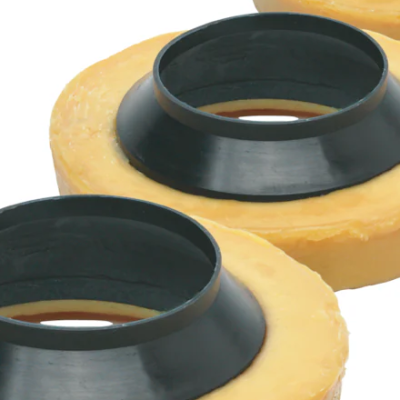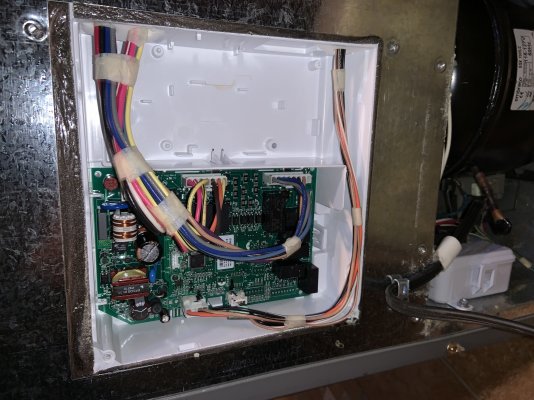JoeWras
Give me a museum and I'll fill it. (Picasso) Give me a forum ...
- Joined
- Sep 18, 2012
- Messages
- 11,750
Just replaced the power window regulator in my 2001 Silverado for the 8th time in 22 years. At least the price has been going down on them over the years.
Old GM guy here. In 2009, I switched to Subaru primarily because of stuff like this. It is unnecessary that GM produce such unreliable parts for creature comforts. They all break down way too fast. GM window regulators are notorious for their crap design/quality.
I had a 2000 Olds Alero and became expert at window regulator replacement. In 2007, we had a church intern come on staff for a year. He had an Alero. I asked him how it was? "Fine, except I can't roll down my windows."
With my experience (about 30 minutes to repair, like you), I had him come over to the house and fixed him right up as a "welcome" present.





